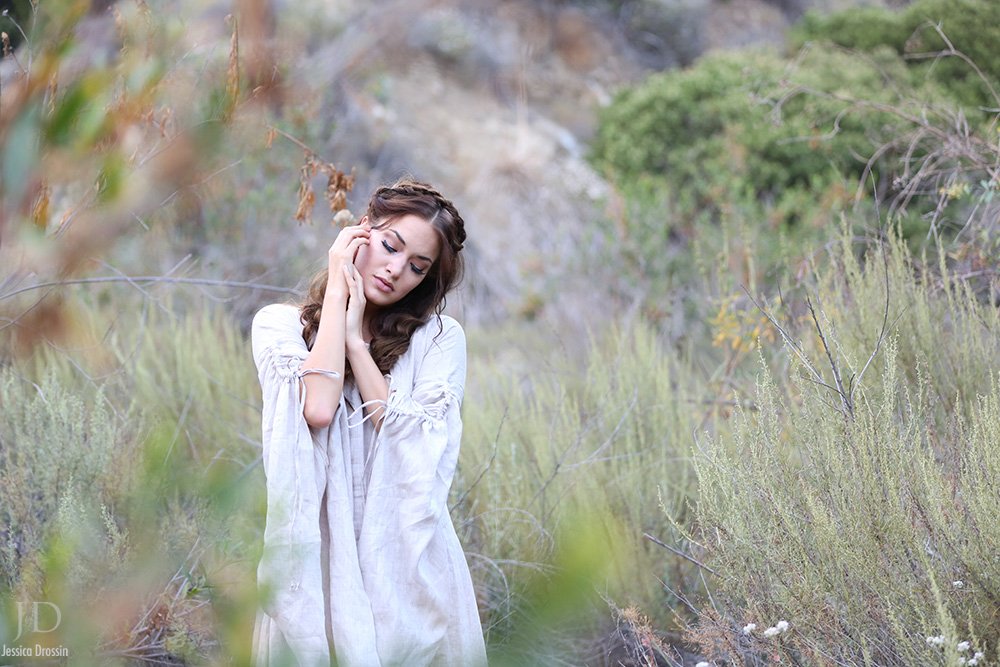Jul 3, 2024
How to Master Portrait Photography Shots
Portrait photography is a nuanced art form that goes beyond simply capturing an image; it’s about conveying the essence and personality of your subject through visual storytelling. Whether you’re capturing professional headshots, intimate family portraits, or artistic character studies, mastering portrait photography requires a blend of technical proficiency, creativity, and interpersonal skills. This guide delves into essential techniques and considerations to help you elevate your portrait photography skills to new heights.
Understanding Portrait Photography Shots
Firstly, portrait photography centres on capturing the character, emotion, and unique qualities of individuals or groups. It involves creating images that resonate emotionally and aesthetically with viewers, often focusing on the face, expressions, and gestures of the subject. By understanding the fundamentals of composition, lighting, posing, and post-processing, you can create compelling portraits that leave a lasting impression.

Choosing the Right Equipment
Secondly, start by selecting the appropriate camera and lenses for portrait photography. A digital single-lens reflex (DSLR) or mirrorless camera offers versatility and control over settings, while prime lenses (typically 50mm to 85mm) are popular for their natural perspective and ability to achieve pleasing background blur (bokeh). Consider investing in lenses with wide apertures (low f-number) to maximize depth of field control and capture sharp, detailed portraits.
Mastering Composition and Framing
Thirdly, composition plays a pivotal role in portrait photography, influencing how the viewer perceives the subject. Explore compositional techniques such as the rule of thirds, leading lines, and framing to create balanced, visually appealing portraits. Experiment with different angles, perspectives, and distances to find the most flattering and expressive compositions for your subjects.
Utilizing Natural and Artificial Lighting
Lighting is fundamental in portrait photography, affecting mood, texture, and overall image quality. Natural light, such as soft window light or outdoor sunlight during the golden hour, can produce flattering, diffused illumination that enhances skin tones and details. Alternatively, artificial lighting setups using studio lights, reflectors, or speed lights provide control over light intensity and direction, allowing you to create dramatic effects or fill in shadows as needed.
Effective Posing Techniques
Posing is key to capturing authentic expressions and conveying the personality of your subjects. Guide your subjects through natural poses that highlight their best features and complement the overall composition. Encourage relaxed body language and genuine interactions to capture candid moments that reflect their true essence. Use posing variations, such as standing, sitting, or reclining poses, to add variety and visual interest to your portraits.
Managing Depth of Field
Control over depth of field allows you to isolate your subject from the background, drawing attention to their facial expressions and eyes. Use wide apertures (low f-numbers) for shallow depth of field in close-up portraits, emphasizing details while blurring distractions in the background. Adjust aperture settings accordingly for group portraits or environmental portraits, balancing depth of field with the context of the scene.
Engaging with Your Subject
Building rapport and creating a comfortable environment are essential for eliciting natural expressions and emotions from your subjects. Establish clear communication and provide gentle guidance throughout the photo session to help them feel relaxed and confident in front of the camera. Foster a collaborative atmosphere where ideas can flow freely, allowing you to capture genuine moments and expressions that reflect their true personality.
Post-Processing and Editing Techniques
Enhance your portrait photography through post-processing techniques that refine and polish your images. Use editing software like Adobe Lightroom or Photoshop to adjust exposure, contrast, colour balance, and sharpness. Retouch portraits subtly to improve skin tones, remove blemishes, and enhance facial features while preserving natural-looking results. Experiment with black-and-white conversions, creative filters, or selective adjustments to add artistic flair and emphasize mood in your portraits.
Continuous Learning and Practice
Achieving mastery in portrait photography is an ongoing journey of learning, experimentation, and refinement. Study the work of renowned portrait photographers to gain inspiration and insights into different styles and approaches. Dedicate time to practice regularly with diverse subjects and settings, honing your technical skills and developing a distinctive photographic style that resonates with your artistic vision.
Conclusion
In conclusion, mastering portrait photography shots requires a blend of technical expertise, artistic vision, and interpersonal skills to create compelling images that capture the essence and individuality of your subjects. By mastering composition, lighting, posing, and post-processing techniques, you can elevate your portrait photography skills and create memorable images that evoke emotion, tell stories, and leave a lasting impression on viewers. Embrace creativity, explore new techniques, and enjoy the process of capturing portraits that showcase the beauty and personality of your subjects with authenticity and artistry.
More Details